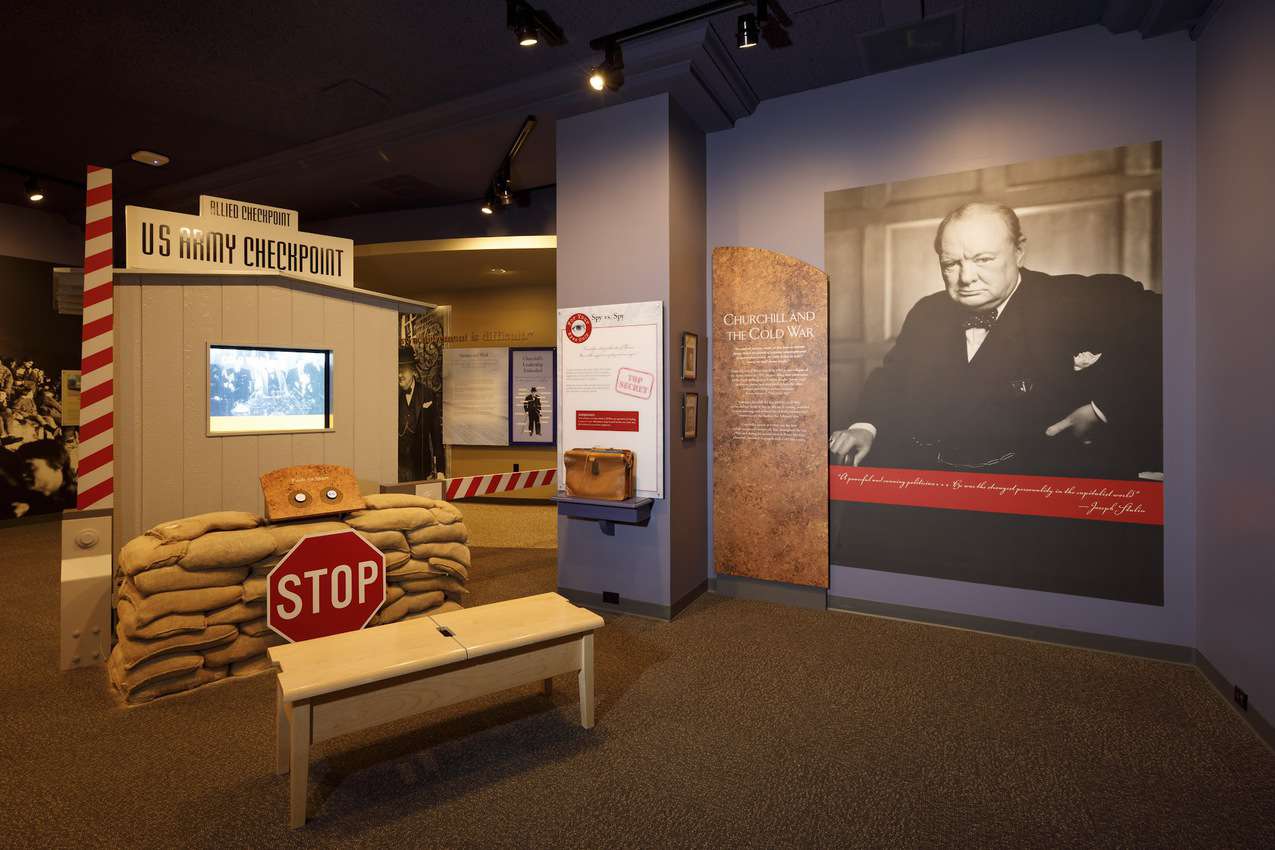
A Stuffed Dodo and the Legend of Iroquois Ironworkers in Pittsburgh’s Museum
By Max Hartshorne

I visited the Carnegie Museum of Natural History in the Oakland neighborhood of Pittsburgh, which is attached to an art museum.
This museum complex is most famous for its collection of dinosaurs, including a massively long Diplodocus Carnegie, named in the famous industrialist’s honor, which resembles a brontosaurus but is even bigger. The museum was built in 1895 and holds the world’s third-largest collection of dinosaur skeletons.
Skeletal Prehistoric Beasts
It was recently remodeled with a three-story hall and a stairway in the center that gives the visitor many different views of the impressive skeletal beasts.
There’s even a glass-walled laboratory where paleontologists work throughout the day dusting off specimens and using Dremel tools to polish and clean ancient artifacts.
Not only can you find dinosaurs here, but there are also collections of many other branches of natural history including gems, minerals, animals and insects and interesting dioramas of different cultures, like the Eskimos and the American Indians.
There are also four computers and they invite museum-goers to blog about the museum and an exhibition called Life On Mars. Like many modern art exhibits, this one confused me. The gist of the show is to have forty artists all ponder whether there is indeed life on Mars. I thought I’d mention some of the other cool things I’ve seen at the history museum.
One was a long hallway where thousands of stuffed birds are mounted in cases. There is one case that shows extinct birds, such as the passenger pigeon, the Dodo, and the tiny dusky sparrow, that perished as recently as 1934.
Each of these vanished birds was presented stuffed, though the Dodo was explained to be a replica, made up based on bones, since it expired in the 1800s. It was a big bird, almost two feet tall, and couldn’t fly, hence it was an easy target for hungry men.
A Real-Life Snipe
In this same hallway, that my guide told me was once a collection for hobbyists, was a seabird called a snipe. I photographed the bird for my friend Joe who used to have a family tradition — the snipe hunt. It was made up but little kids thought that they would really bag one.
Another exhibit that caught my eye was in the American Indian room. It was about Indian ironworkers, Mohawks and Iroquois who have for many decades gravitated to this line of work.
They built most of New York’s skyscrapers, fearlessly running across eight inches or less of iron rail, and many of them died when they fell off. But one Mohawk was quoted as saying they never wanted to use the safety harnesses since it impedes their movement up there fifty stories up on a windy rail.
For more information visit Carnegie Museum of Natural History.
- Skiing in Georgia - February 21, 2024
- Exciting Rail Travel News in 2024 - February 4, 2024
- Last Minute Gifts for Christmas - December 17, 2023





